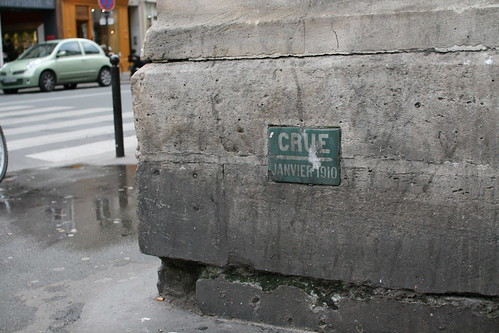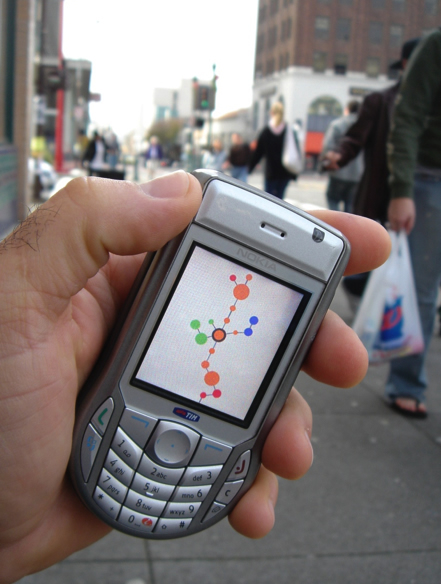Participated in a panel yesterday as the Mobile City conference in Rotterdam. The event was great and fully packed with a nice program and audience. The conference was a multidisciplinary even about locative media/mobile technologies and their relation to the City.
The panel was about “Designing for Mobile Media & Urban Spaces: between Theory and Practice” and addressed challenges and opportunities of the field, as well as the link between theory and practice. Although my panel-colleagues were speaking at high level socio-politic theory, my point was to focus on issues regarding interaction design and spatial environment (not that I dismiss the privacy issues of locative media or the politics of ubicomp but it's not my field).
My point was to describe one of the limit of current location-based services design: the fact that most of the time space (the material environment) is assumed to be uniform and homogeneous. Based on the work we did in the CatchBob! project (a location-based gamed developed to be played on our campus), as well as some other material, I described how this was not the case. The organizers asked us to bring 3 pictures to exemplify this. These 3 issues/pictures are not exhaustive of course.

My first point was about the roughness of the environment: the world have flaws, breakdown, accidents, things are being repaired or regulations make systems more complicated. And because of that, users of location-based applications are sometimes lost, frustrated or clueless about what is happening on their screen. In our tests, we had some users who felt lost on our campus (where they have been studied for 3 years!). So the environment is dynamic and conditions change (not to mention the weather that could influence the positioning accuracy or the topography).
 (Picture courtesy of Patrick Jermann)
(Picture courtesy of Patrick Jermann)
The second point concerned the heterogeneity of space. The picture shows the mapping of WiFi antennas or our campus. As one can see, they are not evenly distributed and since we used Wireless signals to compute people's location in space, it was clear that the accuracy was different depending on the location in space (it was less accurate in the lower part). In addition, the heterogeneity of space is also caused by topographical limits: indoor/outdoor transitions for example.
 (Picture courtesy of Fabien Girardin)
(Picture courtesy of Fabien Girardin)
And finally, that picture shows three different traces of a passage in space using a GPS. Depending on the level considered, the accuracy of the positioning is way different (from dots to a straight line). Sometimes it's not even continuous, so how can we design a service based on that?
Down the road, my point was to show through these 3 examples that there are limits to the continuity of the user experience. All the components of the locative media ecosystem are complex and they can either be taken as limits or as opportunities.
Thanks Michiel and Martijn for the invitation. I'll try to put my (long) notes later on.



 (Picture courtesy of Patrick Jermann)
(Picture courtesy of Patrick Jermann) (Picture courtesy of Fabien Girardin)
(Picture courtesy of Fabien Girardin)








